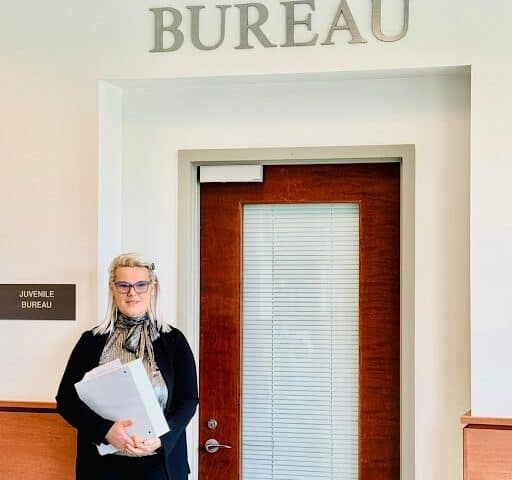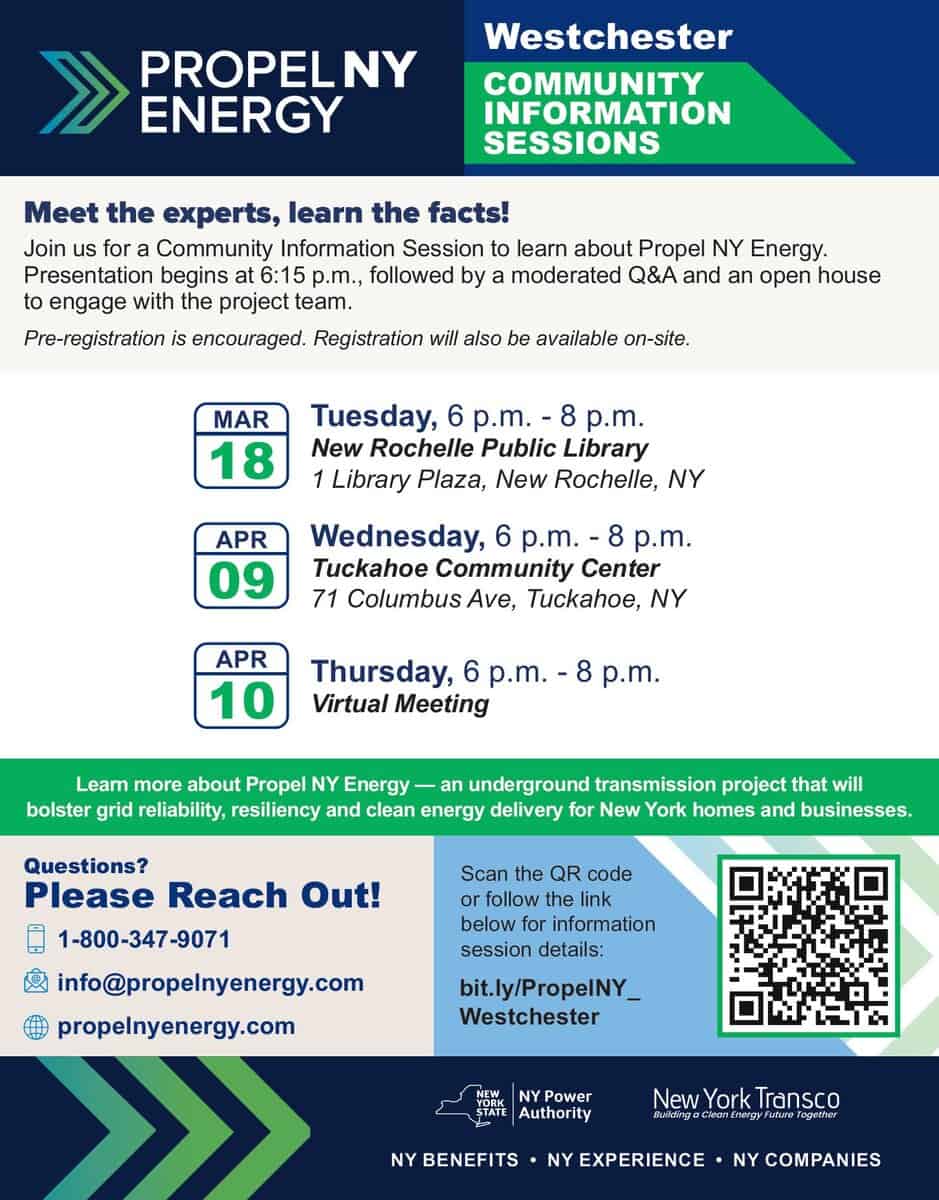In the modern world, every year more and more people become victims of violence. The number of people who experience physical, sexual, or psychological violence every day is much higher.
It should be noted that as the number of interpersonal violence increases, women as well as the elderly and adolescents are at risk of non-lethal forms of violence.
In addition to physical damage, violence causes stress, which hinders its development, weakens the nervous system, and causes mental health problems. Overall, this process can hinder the economic and social development of society.
Due to the relevance of the problems, our interest was aroused by the work of a young Georgian scientist, who focuses on the early age of violence and focuses on the forms of unconscious violence and its prevention. The source of bullying can be family, school, or community.
- Thank you, Mrs. Natalia, for agreeing to the interview. First of all, it is interesting how and why you ended up in the United States of America.
- I must thank you for such interest in my scientific research, as for the United States of America (USA), I will say that it is a country of great opportunities, which gives every person the opportunity for development and professional opinion.
- For the first time in America, it started with the invitation of Harvard University. I participated in a scientific conference. Then there were interesting offers, interest as a researcher. I participated in project research on the topic of “Gaining and maintaining trust in law enforcement agencies”.
- The problems are diverse, both systemic and public.
- I apologize and express my gratitude to the American state, and all my colleagues, for allowing me to use my knowledge, experience, and professionalism and make a small contribution to the development of a safe and equal society.
- You touched on the relationship between society and the state; I will be more specific and talk about the effective relationship between law enforcement structures and society. What is it, and what steps should be taken in development to create less risk of violence?
Public trust in law enforcement structures is a cornerstone of national security.
While working on scientific studies, it became clear how close the connection is between the risks and consequences when a certain part of society is under violence.
- To stop this process, all possible means should be used, both with the involvement of legislative structures and the activity of public organizations, to prevent crime and protect people at risk. In this direction, it is no less important to expand alternative ways of wrongful convictions and imprisonment.
- With you, in the USA, a lot of attention is paid to this issue, and I think the result will come.
- In one of your studies, you pay a lot of attention to “unconscious” bullying, what does it include, and what are the forms of its prevention?
- I will start by saying that violence is not an integral part of the human condition. It can be predicted and prevented. The main thing is to understand and study the real basis of its occurrence, where and how the violence starts: family, school, or community?
- If a child experiences domestic violence, he becomes a bully against his peers at school. Accumulated aggression over the years will manifest itself in various forms of violence. Delayed reaction from the society or the state is limited to blaming each other. The family blames the school for not being able to provide a safe environment, the society blames the family. This process will not bring results. A bullied child is more likely to become a bully himself years later. Bullying on a child can start from a completely harmless situation.
- You mentioned the family, which is one of the important institutions for the formation and development of a person, but it is the family that becomes the source of inspiration for violence. What should be the attitude of society at this time?
- In many cases, family members hide the fact of violence. They adjust to living with the abuser. Until a tragic outcome occurs, the public does not understand nor has no information about bullying in the family. In this regard, I would like to mention the “Istanbul Convention”, which deals with the long-term elimination of violence against women, when the transformation of the social and cultural behavior patterns of men and women will begin.
- What risk factors do women face in this direction?
- It is difficult for women to be recognized as victims of violence, whether it is psychological or sexual, physical injury or other. The bully gets a feeling of impunity and becomes more aggressive. The reason for silence can be a feeling of inferiority, “I still can’t change anything.” It is the state law-enforcement structures that must solve this problem, and the second significant slowing factor, in this case, is the expression of solidarity from the society to the victim.
- In your opinion, how effectively are the state structures working in this case and what legislative changes can be implemented to make the result more effective?
- If we deal not only with open violence but also with unconscious bullying, which is more difficult to detect and eliminate, the role of the state is immeasurably greater.
- Years ago, the USA Congress passed a law on violence against women. This landmark law has worked successfully. Necessary services were created, and public awareness took place, with the involvement of healthcare, schools, and institutions. Training is held, where retraining of qualified personnel takes place.
- I am also actively involved in one of these important trainings. This is about violence against women. “Women-space” organization conducts these trainings. We will work as volunteers with people who are victims of violence. A national hotline against violence has been created. In this regard, the Violence against Women Reauthorization Act passed by Congress in 2021-22 is interesting, and allows us to prevent and respond to sexual, physical, and nonverbal violence and stalking in the family.
- What are your plans?
- As I mentioned, I am currently involved in training organized by “Womenspace”. As a professional, I want to know this problem more deeply and thoroughly.
- At the same time, I am working on the “Family Psychologist” bill. I believe this bill will be important in terms of early detection and prevention of violence. I am invited to participate in various scientific conferences.
- As a volunteer, I have experience in this regard; I was invited to conduct training for employees in the province of Philadelphia. The theme was “Psychological support for young people prone to suicide and gaining trust in the police.” A Quite successful project came out, and we are still cooperating. As Mickey Jones says, “We have to work together, side by side.”


